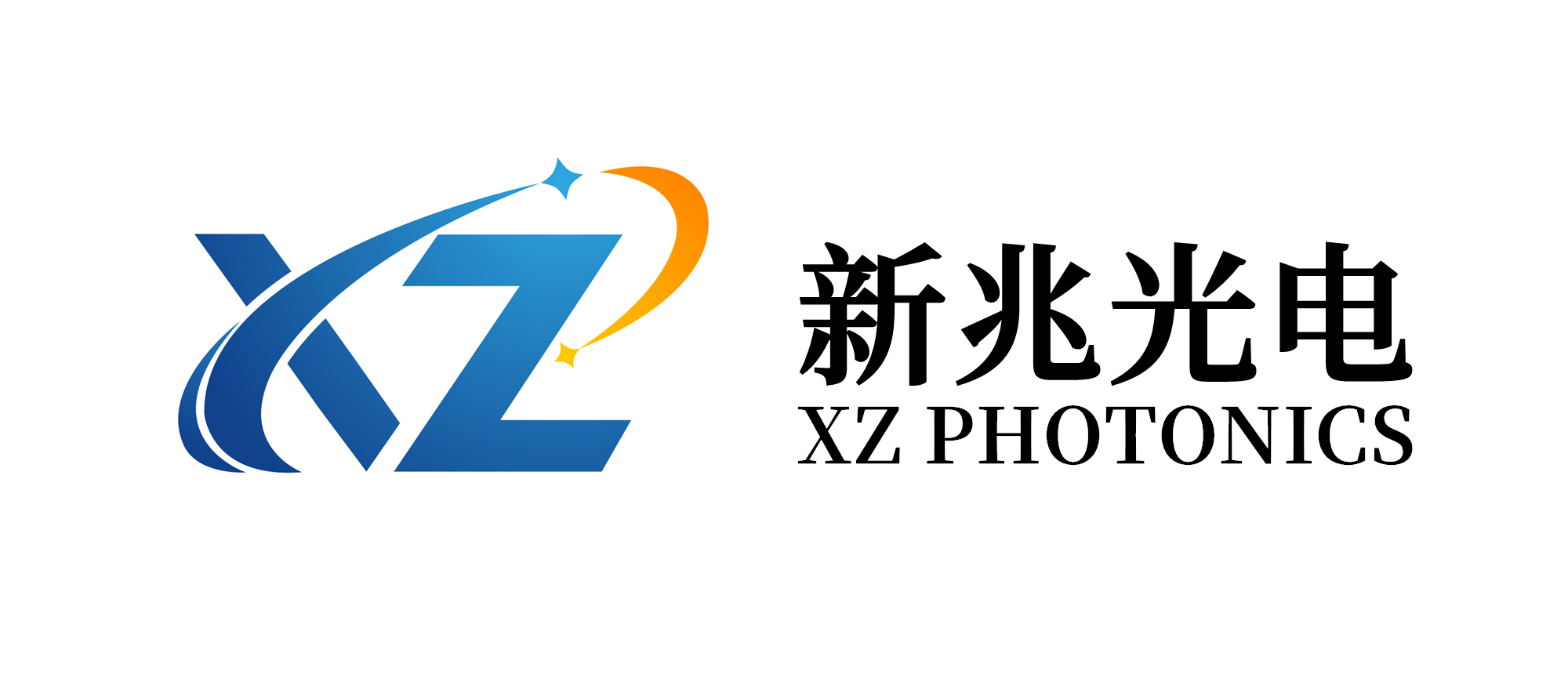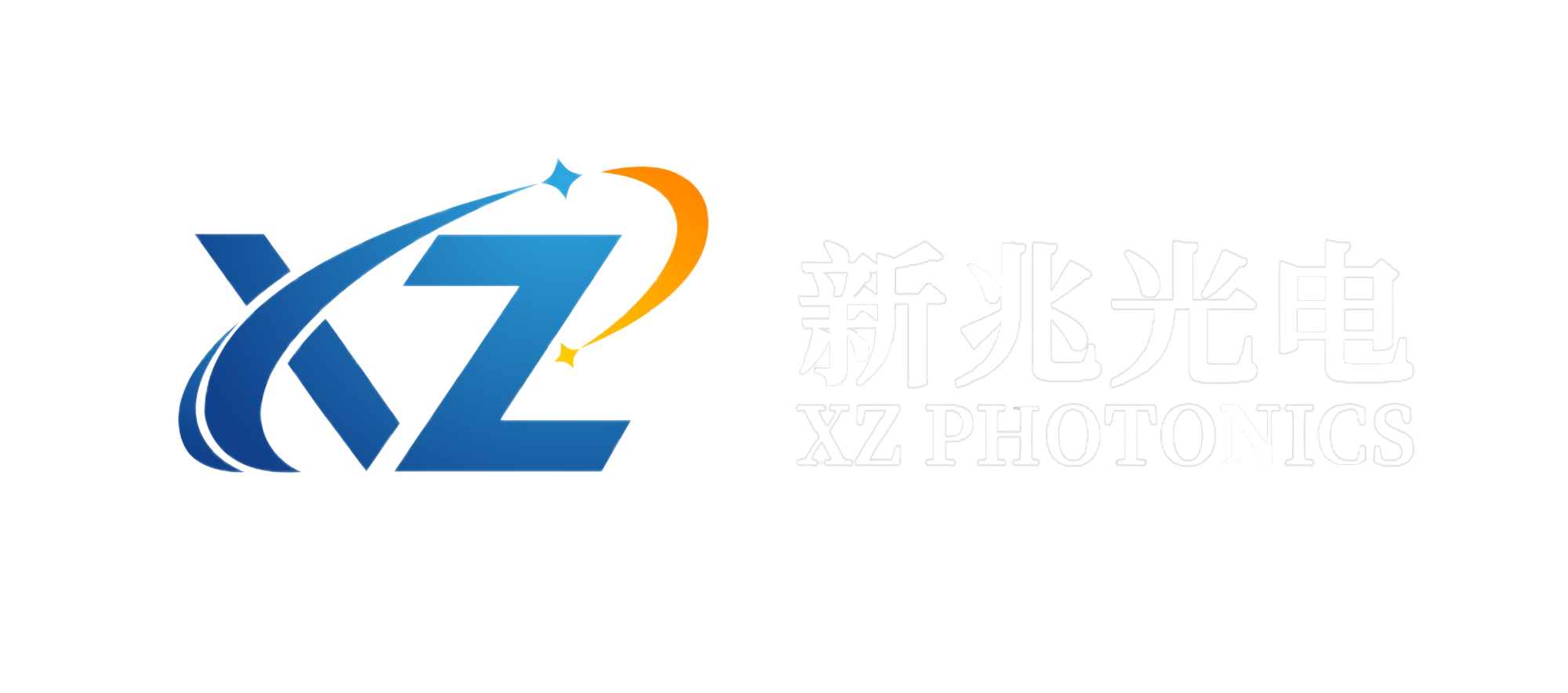Goniometer to measure prism and angle block tower error

As shown in Figure 1, we take a common right-angle prism as an example. The so-called edge difference refers to the angle between the edge CC' and the chord surface AA'B'B. When measuring, place the right-angle prism to be measured on the stage of the precision goniometer, and adjust the three screws under the stage so that the optical axis of the autocollimator is respectively aligned with the two right-angle planes AA′C′C and BB of the right-angle prism 'C'C is perpendicular (the angle value of the self-collimating image reflected by the two right-angled surfaces is the same in the Y direction), that is, the optical axis of the autocollimator is perpendicular to the intersection edge CC' of the two surfaces.
Rotate the stage so that the autocollimated reflection image of the chord surface AA'B'B of the prism enters the field of view of the autocollimator. If the angle value of the autocollimation image of the chord surface AA′B′B in the Y direction in the software is the same as the angle value of the autocollimation image reflected from the previous two right-angle surfaces in the Y direction, then it means the edge difference of the right-angle prism Is zero. Otherwise, the angle difference between the two Y directions is the edge difference of the right-angle prism.




